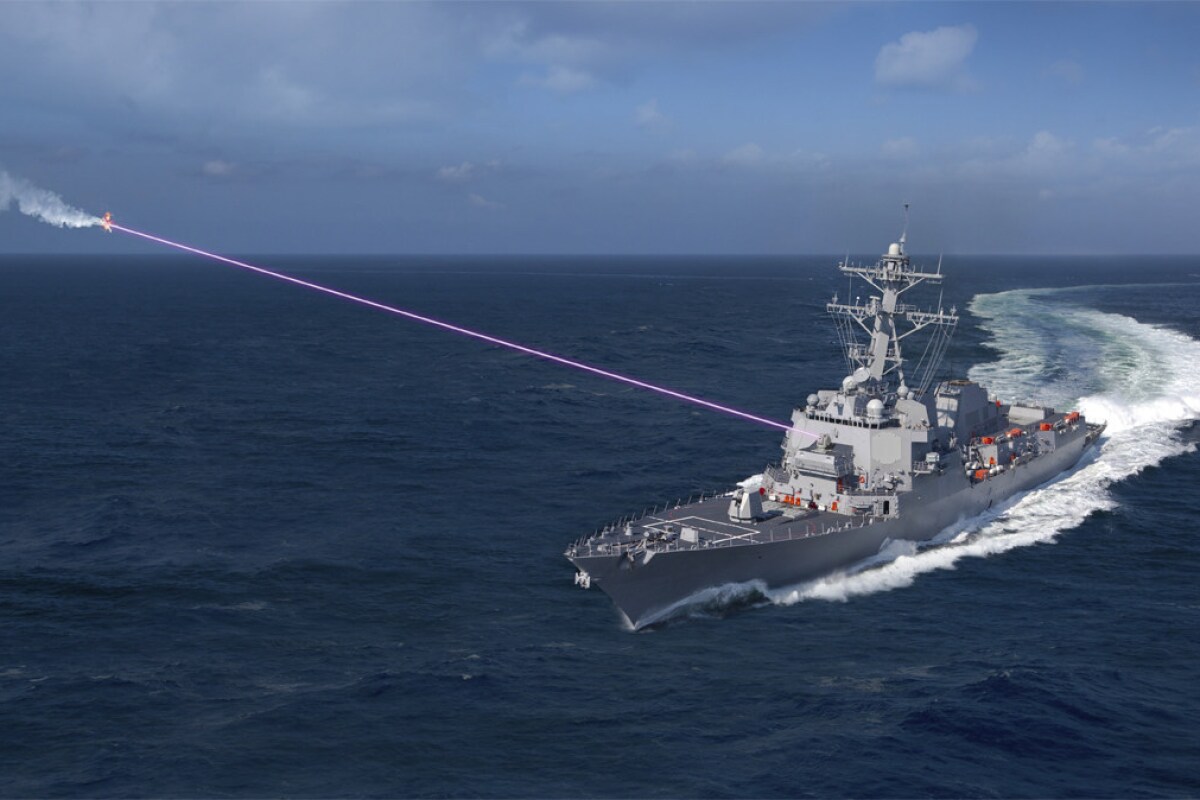The US Navy has used its all-electric high-energy laser to shoot down its first drone representing a subsonic cruise missile. At the US Army’s High Energy Laser Systems Test Facility at the White Sands Missile Range, New Mexico, the Lockheed Martin Layered Laser Defense (LLD) weapon disabled the engine on a drone, which then plummeted to earth.
It was sponsored by the US Office of Naval Research (ONR) and conducted in partnership with the Office of the Under Secretary of Defense (Research and Engineering) and Lockheed Martin.

According to the Navy, laser weapons have various advantages. The system can track and help identify incoming targets and determine how much damage the laser inflicts on a target. In addition, laser weapons can be scaled back to disable sensors or dazzle hostile forces without permanently blinding them.
This laser weapon does not rely on chemicals. LLD is a solid-state, composed of coils of glass optical fibers doped with various elements. These coils can be bundled and the lasers they generate can be combined into a single, powerful beam and projected through optics that aim it, focus it, and compensate for atmospheric distortion.

“The Navy performed similar tests during the 1980s but with chemical-based laser technologies that presented significant logistics barriers for fielding in an operational environment,” said Dr. Frank Peterkin, ONR’s directed energy portfolio manager. “And, ultimately, those types of lasers did not transition to the fleet or any other service.”


